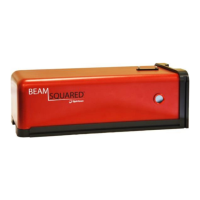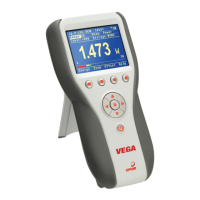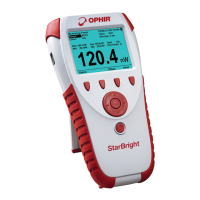What to do if my OPHIR Measuring Instruments BeamSquared stalls during an automated mode M2 measurement run?
- WwilliamshollyAug 2, 2025
The run might stall due to beam image quality issues. If the beam image is too dim or bright, adjust external attenuation or camera exposure time, and then perform a new Ultracal. If the beam image is misaligned, halt the run and repeat the alignment procedure. Alternatively, use the Boundary Check option to ignore the misalignment, though this compromises accuracy. If the beam image is too large, adjust the run configuration to start or stop the run closer to the waist. If the image is too small, change to a longer focal length lens or adjust the position of the BeamSquared unit along the beam propagation path.




